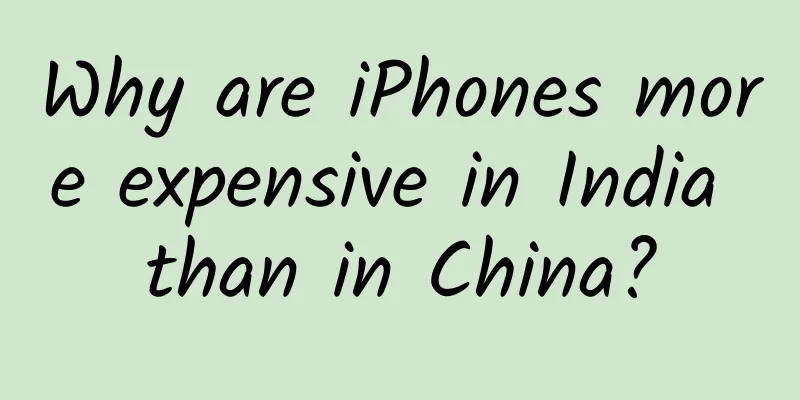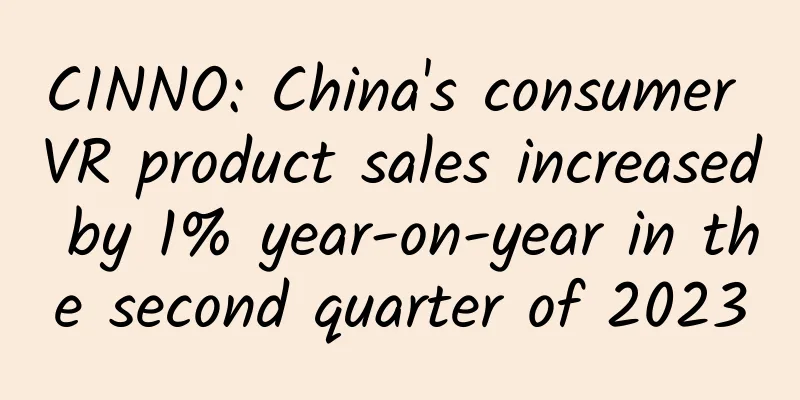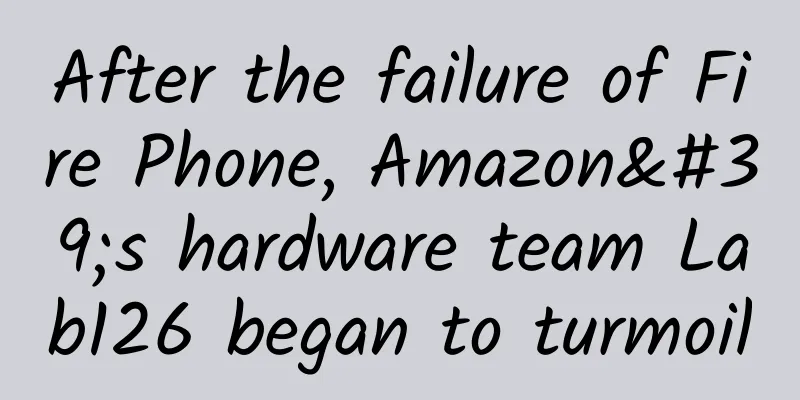Why are iPhones more expensive in India than in China?

|
Apple CEO Tim Cook was criticized as soon as he arrived in India: Your iPhone is really too expensive! The average income of Indians is only 1/4 of that of Chinese people, but the price of iPhone here is 1.33 times that of the United States. I think this complaint is really from the heart. Apple CEO Tim Cook recently accepted an interview with New Delhi Television (NDTV) and admitted that iPhone is too expensive in the Indian market. This is indeed the case. India is one of the most expensive places in the world to buy iPhones. Taking the standard price of iPhones in the United States as the standard price, the price of iPhones in India is 31% higher. During the interview, NDTV host Vikram Chandra asked Tim Cook, " The iPhones you get in India are more expensive than those in the United States, and have fewer functions than those in the United States, but India's purchasing power is only a small part of that in the United States ." Tim Cook admitted that this is indeed true, but he hopes to find a way to reduce the price of iPhones in the Indian market to the level of the US market. Why is the iPhone always expensive? A basic fact is that Apple products emphasize the experience of combining software and hardware. After Steve Jobs' marketing philosophy for "high-end group users" at the beginning of its establishment, Apple began to pursue this high-profit strategy and made huge profits . How high is Apple's profit? Some media have reported in detail on the issue of BOM cost, so I won't repeat it here. Ai Faner mentioned earlier that Canaccord Tenuity analyst Michael Walkley wrote a report that Apple and Samsung still account for 105% of the profits in the smartphone market. Apple and Samsung monopolize the profits of smartphones. What's more serious is that Apple accounts for more than 90% of the profits in the global smartphone market. This is the high-profit strategy that Apple has always pursued. Tim Cook once mentioned in an interview with Business Week, "We never do junk markets, but I think the smartphone and tablet markets we are in are huge." Of course, this was a few years ago, but it is not difficult to see Tim Cook's ambition for this market strategy. Historical facts have proved that low pricing is not Apple's style. This is different from domestic manufacturers who use price wars to compete with each other. Apple's products that can be sold at high profits do not need to be sold at low prices. The impact of different regions on prices In fact, the issue of different pricing in different countries has been discussed for a long time. To summarize it simply, it is because of the exchange rate and tariff issues of various countries. The price of iPhone in the US market is about US$600. Based on this, when the international exchange rate fluctuates and the local tax system changes, the price of iPhone in markets outside the US will increase. BI wrote an article about Tim Cook's evaluation of the Indian market and listed the global prices of iPhones. In Brazil, the iPhone costs as much as $931; in India, the iPhone costs $784; and in the UK, the iPhone costs $671. In comparison, the price of the iPhone is much more expensive than Android phones with similar functions. According to statistics from Deutsche Bank, in 2016, the price of the iPhone in the US market was $600, while in Brazil it was $931, about 1.56 times that of the US market; in Indonesia it was $865, about 1.45 times that of the US market ; and in the Indian market it was $784, about 1.33 times that of the US market. WSJ roughly summarized several reasons for the different prices of iPhones in different regions: including supply chain cost, forex moves, labor and land cost, and import tariffs. It can be generally determined that the pricing of the iPhone is not like the price difference between domestic and foreign cars, but that Apple has formulated a standard price and then implemented exchange rates and import and export procedures. Regarding the price of iPhone in China, it is because there is no tax on the export of iPhones assembled in China, but the price of iPhones entering overseas markets is determined by taxes and exchange rates. Chinese consumers buy iPhones that are first exported and then imported into China, which is actually taxed. This is how the price of iPhone in China is determined. Tim Cook's supply chain philosophy An interesting metaphor is to compare the two Apple leaders, Steve Jobs and Tim Cook, to artists and businessmen. Fortune once commented that Steve Jobs was committed to innovative products, while his successor, Tim Cook, focused on controlling the manufacturing process. The leader who pushed the iPhone to a high price was Steve Jobs because he needed to reach a high-end consumer group with taste; while the leader who controlled process costs and high product prices was replaced by Tim Cook, who is good at management. What I want to say in this part is that another reason why the iPhone can guarantee the price and high gross profit is Apple's control over the supply chain. He incorporated the supply chain management philosophy into product design and product pricing. The author of "Purchasing and Supply Chain Management: A Practitioner's Perspective" introduces Apple's supply chain control philosophy by giving an example: "For key components such as the iPhone's touch screen, Apple invested heavily in suppliers when they built factories and bought out production capacity for 6 to 36 months. When the touch screen became a mass commodity and competitors could buy it, Apple used the contracts that had already been negotiated to get preferential prices from suppliers." The products of the supply chain management philosophy do not only refer to inventory management, but also to supply chain materials, demand management, high profit margins and market environment. Reuters once commented on Apple's priority shift when the iPhone 5 was released, saying that Apple's priority was shifting from user experience to corporate strategy. The corporate strategy elevates the supply chain to a strategic level, which means that orders from the supply chain level help design and optimize products, and control product costs at the design stage. This has led to Apple's new supply chain philosophy: Apple also requires that marketing, design and supply chain complement each other on the supply chain side. One user summarized Tim Cook's extreme sensitivity to data (even when the iPhone was released in 2007, it was Jobs who asked Tim for financial data), and the details of every aspect of the control over the supply chain components : During Tim Cook's era, the iPhone 5 was upgraded to be the first global launch; The more streamlined packaging design facilitates transportation (iMac changed to a trapezoidal structure, and the packaging became smaller); The comprehensive transportation cost control (the choice of sea and air transportation), etc. Apple's success during Tim Cook's era is actually more like a success at the supply chain level. The feasibility of "advancing into India manufacturing" Whether it is Product Line or Production Line, after learning some of the information points mentioned above, "advancing into India manufacturing" seems to be reasonable for Apple. In fact, the Indian market itself has made some progress. The current Indian Prime Minister Modi has doubled the import tariffs on electronic equipment, and has implemented a policy of almost zero threshold for foreign capital to open factories in India, all of which are to promote "India manufacturing". Although Tim Cook mentioned in an interview that the landing of many businesses in the Indian market must be based on Indian business and culture, he did not directly mention the relevant plans to enter India to produce iPhones. However, due to the fact that Apple's iPhone shipments in the Chinese market have begun to decline, Apple's Indian business market has not yet been fully opened, and Indian teenagers are looking forward to the iPhone of their dreams, Apple may have such a plan. Of course, the above is just speculation based on some information points. But whether Tim Cook wants to move the Chinese product line (or production line) to India, or admit that the price of Indian products is too high. For an expert in the supply chain field, it is better to say that Tim Cook's calculations will still be loud rather than price reduction. As a winner of Toutiao's Qingyun Plan and Baijiahao's Bai+ Plan, the 2019 Baidu Digital Author of the Year, the Baijiahao's Most Popular Author in the Technology Field, the 2019 Sogou Technology and Culture Author, and the 2021 Baijiahao Quarterly Influential Creator, he has won many awards, including the 2013 Sohu Best Industry Media Person, the 2015 China New Media Entrepreneurship Competition Beijing Third Place, the 2015 Guangmang Experience Award, the 2015 China New Media Entrepreneurship Competition Finals Third Place, and the 2018 Baidu Dynamic Annual Powerful Celebrity. |
<<: iPhone is also affected. Why can’t fingerprint recognition be performed on sweaty hands?
Recommend
Precautions for fresh Cordyceps sinensis
May and June every year are the fresh Cordyceps s...
Short video marketing promotion strategy skills!
To do brand communication or marketing communicat...
After three years of rapid development, Jitu is slowing down
The "barbarian" Jitu has learned how to...
Jiashan No. 1 Middle School: Why are websites ranked on the homepage recognized by search engines?
Website operations should be optimized according ...
Case analysis: How to build a community content system and active users?
This sharing session will mainly focus on strateg...
Do you know these 4 points about Tencent social advertising?
Do you know all this about Tencent social adverti...
Collection: 68 information flow ads and SEM learning website resources are available for free!
01. CNZZ -UDplus Website: udplus.umeng.com Note: ...
Information flow ads have no click-through rate? Talk about the routines of advertising creative production
In traditional advertising, there is a famous phe...
A Chinese writer won the Hugo Award again. Who is the painter of "The Painter of Space and Time"?
On the evening of October 21, at the 81st World S...
The EU is wielding a tariff stick against Chinese electric vehicles, seeking peace through war and asking Chinese capital to build factories
The EU's imposition of punitive tariffs on Ch...
CG Zhong Fenghua game scene class video tutorial
CG Zhong Fenghua Game Scene Class Video Tutorial ...
In Antarctica, how to “build a house like building a car”?
2024 marks the 40th anniversary of China's po...
Exaggerated! World famous paintings have been hanging upside down for 75 years? What do scientists say about aesthetics?
Recently, the art world has made a ridiculous &qu...
Qihoo 360 Tan Xiaosheng: The Tough Job——CTO
At the "CTO Training Camp" event hosted...
In addition to catering to Steve Jobs' aesthetic taste, can small-screen mobile phones really succeed?
About six years ago, when Samsung's first gen...









